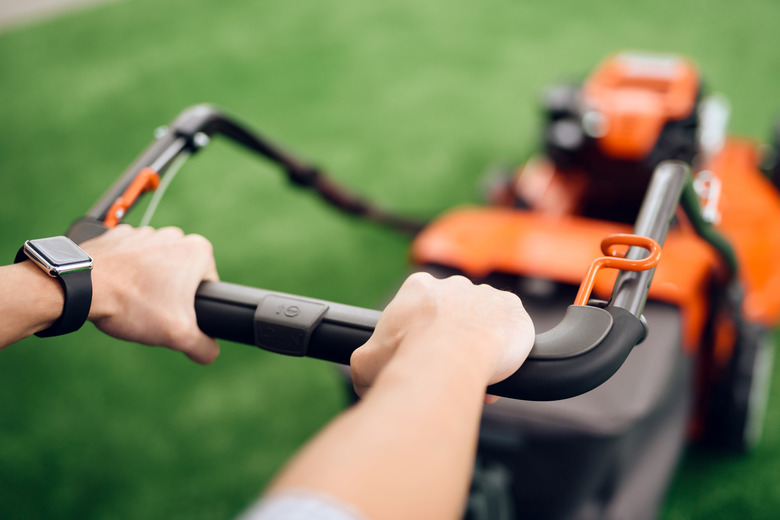How To Install A Briggs Governor Spring
Briggs & Stratton engines are smaller, more compact engines most commonly found in garden equipment, such as roto-tillers, snow blowers and lawn mowers. In Briggs & Stratton engines, you'll find something called a governor, a spring-like device that controls the throttle. This governor works like cruise control for the engine, making sure it is working at maximum efficiency and maintaining its best speed.
What Does a Governor Do?
What Does a Governor Do?
A governor is designed to maximize the efficacy and safety of a smaller engine. The amount of work an engine must perform is called the "load" and is dependent on terrain, speed, resistance and other such factors. A governor keeps the power of the engine steady regardless of the "load."
Without a governor, you'd need to adjust the throttle manually to allow the engine to get over tougher patches of grass or up a steeper hill. A governor works by sensing these areas of more resistance and adjusting the throttle to compensate.
Where Is a Governor Spring Located?
Where Is a Governor Spring Located?
A governor is located within the engine of your Briggs & Stratton. Within the governor is a spring, which holds the throttle open at the ideal point for your engine to generate the correct amount of power. However, over time, this spring can become worn out. It can either become detached at either end, rendering the governor useless, or become damaged and unable to move freely. If the governor in your Briggs & Stratton machinery is not working properly, the first port of call should be checking – and, if necessary, replacing – the spring.
How Can You Replace a Governor Spring?
How Can You Replace a Governor Spring?
The first thing to do is check on the existing spring. Disconnect your machine, then gently move the throttle lever. If the spring doesn't move, check either end to see if it's attached. If it has come loose but still looks in fine condition, it can be reattached manually. However, the spring may have become broken or deformed. In this case, it will need to be removed and replaced.
To replace, you must first disconnect the spark plug wire from the spark plug. You will then need to remove the engine's air filter canister in order to gain access to the carburetor.
Next, insert the angled end of your new governor linkage into the top hole in the carburetor. Attach the other end to into the governor arm on the engine's side.
Now, you'll need to attach your new spring by inserting the long lead end into the second hole of the throttle. The short end should go into the second hole of the governor arm. You can then replace the air filter and screw it back into position.
After the spring is replaced, you can reconnect the spark plug. After allowing the engine to warm up, you are free to test the workings of your new governor spring.
